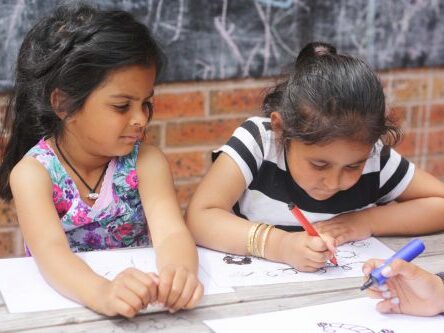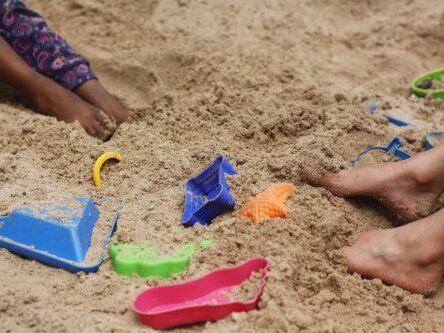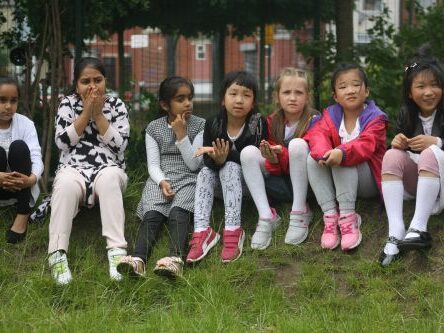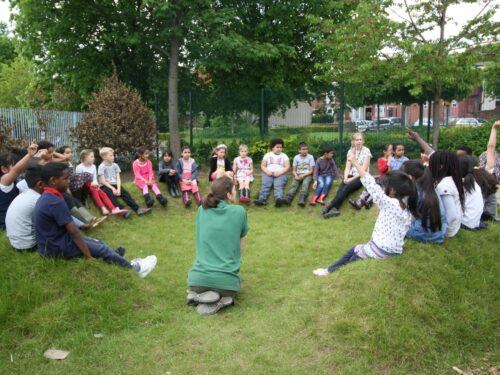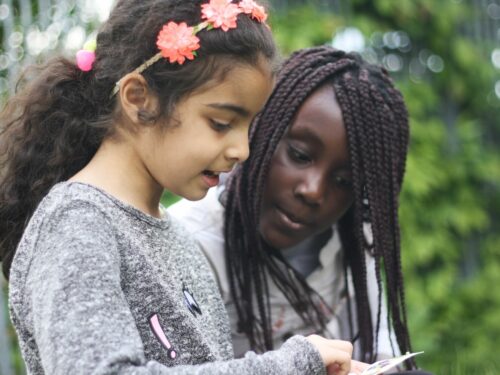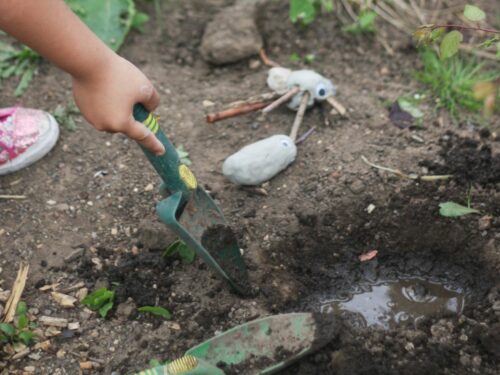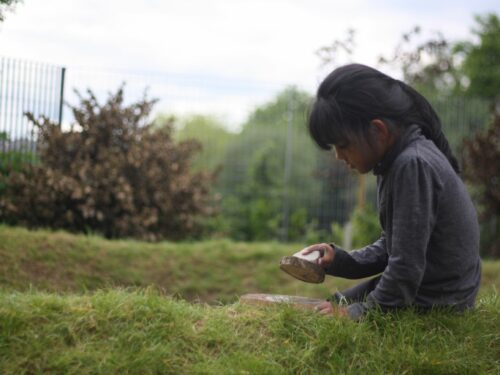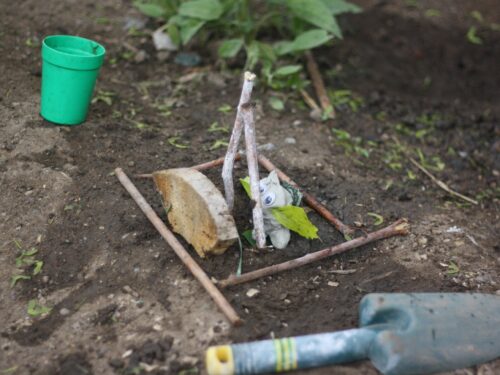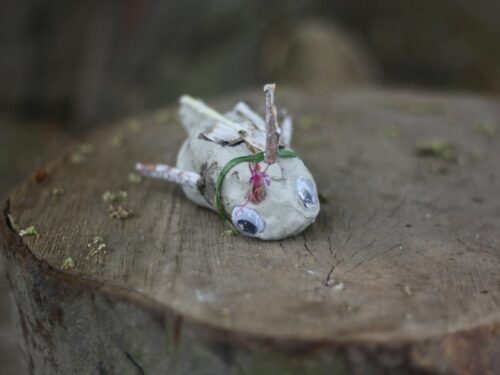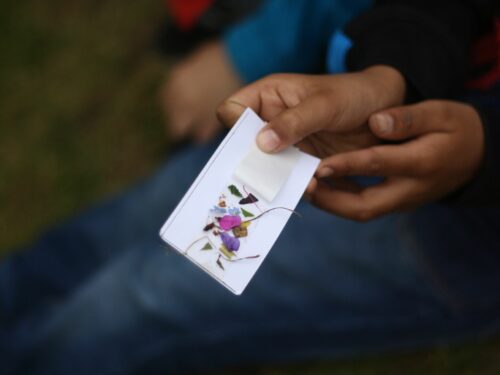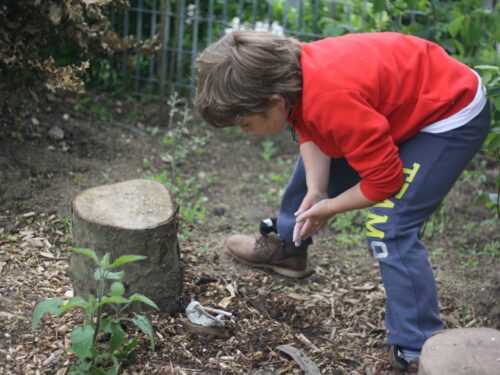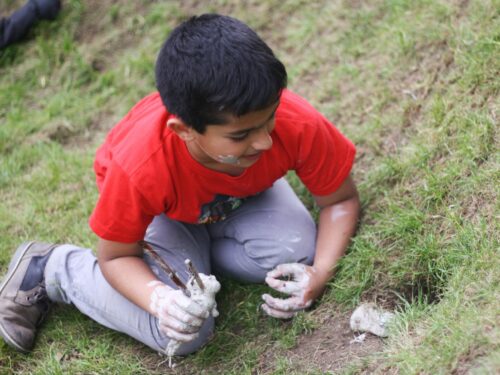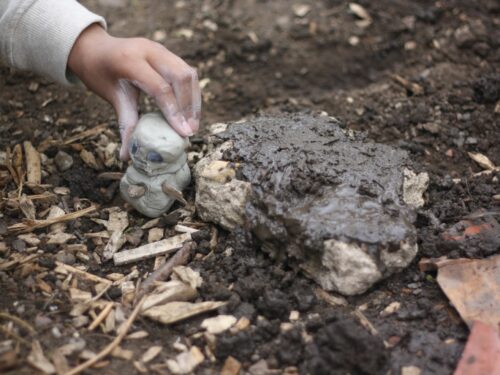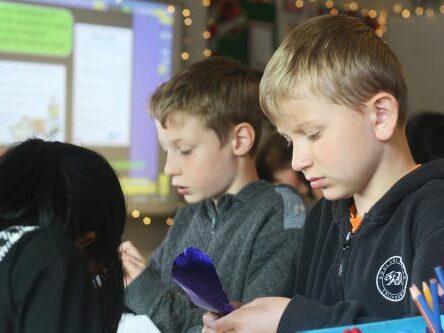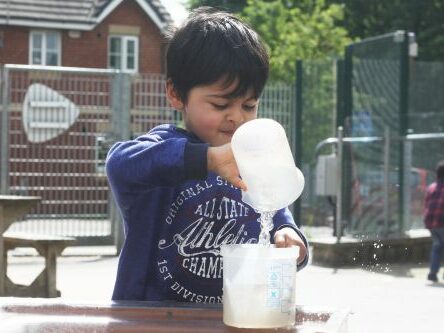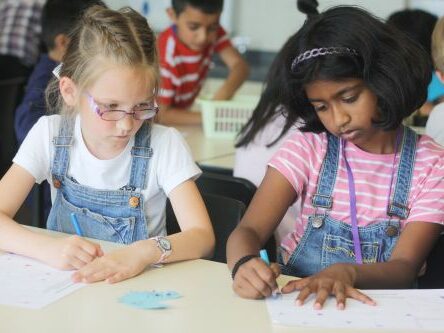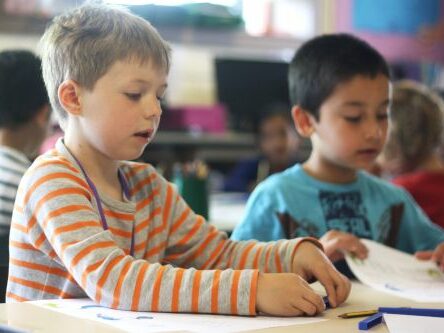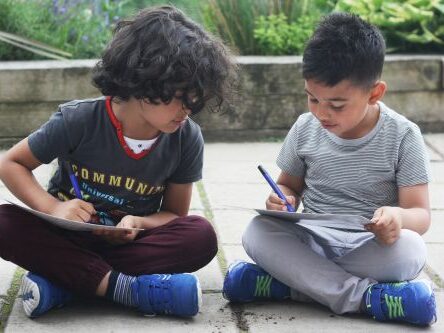At Sharrow School we provide all of our children with the skills, creativity and enthusiasm to live and thrive in a world increasingly dependent on computing. Computing is an essential life skill in an ever-developing technological world and will play an important part in our children’s futures
Our purpose is to teach children how to keep safe online, to become digitally literate by being able to use and develop ideas through ICT and to become active participants in a digital world.
Our children to have a breadth of experience to develop their understanding of themselves as individuals within their community but also as members of a wider global community and as responsible digital citizens.
We develop pupil’s computing skills, knowledge, understanding and capability through regular discrete lessons and provide opportunities for pupils to apply and consolidate their learning across all curriculum contexts. We provide an environment where access to a range of ICT resources is natural and commonplace.
We use computing where appropriate to motivate and inspire pupils, using computing to enhance and extend our children’s learning across the whole curriculum.
“I can” statements – Computing
| I can … | Year 1 | Year 2 | Year 3 | Year 4 | Year 5 | Year 6 |
| Key Skills | Name and use a range of input devices Eg. Mouse, camera, beebot, roamer | Save and open work using 2 or more different programs. Eg. Word and ActivInspire. | Open and save files to a folder that I have named. | Open and save files to a folder that I have named on more than one program. | Use a variety of common keyboard shortcuts. EG. Ctrl+C = copy Ctrl+V = paste Ctrl+Z = Undo Ctrl Y = Redo | Understand that different devices use different operating systems. Eg. Windows/IOS/Android |
| Name and use a range of output devices EG printer, speaker, monitor | Use a search engine to find information. | Type up a piece of literacy work in 30 minutes. | Delete, move and copy files. | Type up a page of writing in 30 minutes and add pictures. | Organise a number of files using different folders. | |
| Name devices that contain computers. Eg. washing machine, cars, console . | Find information on a website I have searched for. | Use a search engine to find appropriate information about a subject. | Copy text and pictures into another document. | Organise files using different folders. | Effectively search for the correct file type. Publisher, word document | |
| Add text to a document. Eg. Type some sentences from literacy work. | Type a paragraph and add a picture to my work. | Copy text information into another document. | Type up a piece of literacy work in 30 minutes. | Effectively search for the correct file type. Publisher, word document | ||
| Computational thinking | Create a simple algorithm and give it verbally. (Eg: barrier games) | Create a simple algorithm using Scratch. | Read an algorithm and predict what will happen. (Scratch) | Create more complex sequences in an algorithm. (Scratch) | Create more complex algorithms, where more than one object is being affected. (Scratch) | Create more complex algorithms, where more than one object is being affected. (Scratch) |
| Explain why a simple algorithm won’t work if it isn’t in the correct order. | Program a beebot to complete a simple maze. | Write an algorithm and explain to a partner what it will do. (If….then….) | Debug a more complex algorithm to make a program work. (Scratch) | Debug more than one problem in a given algorithm. | Begin to use variables. (Eg, creating a game where points are scored or lives are removed) | |
| program a beebot to move in a sequence of 5 steps | Debug a beebot’s algorithm so it can complete a maze. | Debug an algorithm that has been written by somebody else and explain my changes. | Use a gaming platform to create a quiz-based game. (Kahoot) | Begin to use variables. (Eg, creating a game where points are scored) | Use a programming application to create a film. | |
| Use a simple programming application to create a film. | Use a simple programming application to create a film. | Use a flow based program to create a repeating sequence. (Program To Be Decided) | I can write a flow diagram which involves a two-way selection process. (If….Then….Or….) | Begin to explain how programs operate. (relationship between user input and program output.) | Debug more than one problem in a given algorithm |

